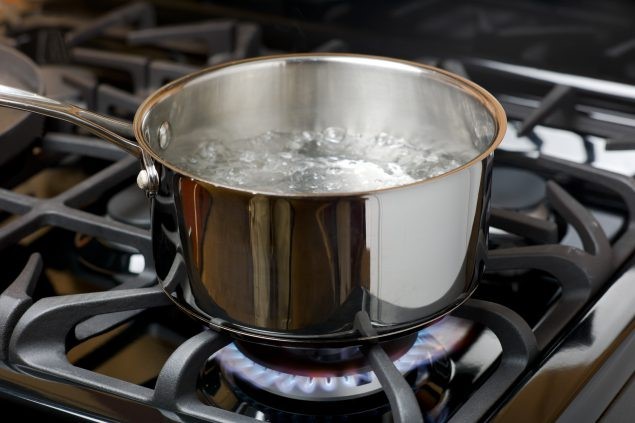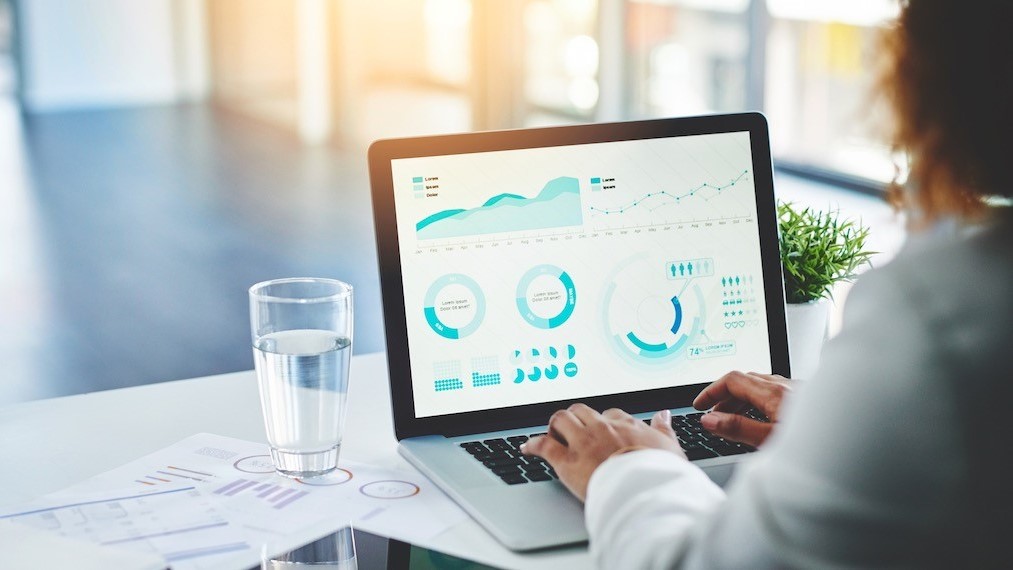Water, an essential element of life, often goes unnoticed as we turn on taps, fill glasses, and drink. However, questions about the safety of our drinking water linger. How much do we need, and is the water from our taps truly safe? This article delves into the critical aspects of water safety, exploring daily water requirements, the quality of tap water, considerations for private wells and bottled water, and the integration of the Aqviser platform for enhanced safety measures.
Daily Water Requirements
Understanding your body’s need for water is crucial. More than 50% of our body weight is water, supporting vital functions like temperature regulation, joint lubrication, and waste elimination. Dehydration, a consequence of insufficient water intake, can lead to various health issues. The Institute of Medicine recommends over 11 8-ounce glasses (91 ounces) for women and more than 15 glasses (125 ounces) for men daily.
Tap Water Safety
In the United States, tap water from public systems is generally safe, monitored by the Environmental Protection Agency (EPA). Strict safety standards are maintained during water treatment, but occasional incidents may occur. Public water suppliers are mandated to inform consumers promptly of any contamination and provide alternatives for safe water consumption. Integration platforms like Aqviser play a pivotal role in real-time monitoring, ensuring prompt responses to water quality issues.
Contaminants in Water
Water contamination can arise from various sources, including microorganisms, chemicals, and minerals. Vulnerable groups, such as infants and individuals undergoing medical treatments, may be more sensitive to waterborne contaminants. Annual water quality reports from suppliers provide crucial information about the water source and its composition. Aqviser’s data integration capabilities enhance the analysis of water quality data, aiding utilities in identifying and addressing potential contaminants.
Bottled Water Considerations
Despite its popularity, bottled water doesn’t guarantee safety. Regulated by the FDA as a food product, bottled water may lack the rigorous testing protocols of public water suppliers. While the FDA can order recalls, there’s no absolute assurance of safety. Awareness of the source and adherence to labeling guidelines become paramount when choosing bottled water. Aqviser’s integration with water utilities ensures effective communication and collaboration, allowing for swift responses to water quality concerns.
Contaminants in Pipes
Contaminants can also enter water through pipe systems, with lead being a notable concern. Even pipes labeled as ”lead-free” may contain up to 8% lead. Recommendations include using cold tap water for consumption, especially for infants, and letting the water run for a minute before use. Aqviser’s platform aids in monitoring and managing the integrity of water distribution systems, minimizing the risk of pipe-related contamination.
Health Effects of Contaminated Water
The health effects of contaminated water depend on the type of contaminants present. For instance, Cryptosporidium can cause gastrointestinal diseases, while lead exposure poses risks, particularly to infants and children. Boiling water can eliminate germs but may not affect certain contaminants like lead and pesticides. Aqviser’s real-time data analysis contributes to faster decision-making, ensuring prompt responses to potential health risks.
Water Filters and Purification
Home water filters, including activated carbon, ion exchange, reverse osmosis, and distillation units, aim to enhance water safety. However, no single system can eliminate all contaminants. Regular testing is advisable before installing a filtration system. Importantly, filters must be properly maintained to avoid worsening water quality. Aqviser’s integration with filtration systems provides comprehensive insights into the effectiveness of water treatment methods.
Boil Water Advisories
In situations where water safety is compromised, boil water advisories may be issued. These advisories necessitate precautions such as using bottled water for consumption, boiling tap water, and following hygiene guidelines for hands, teeth brushing, bathing, and dishwashing. Aqviser’s integration enhances communication during advisory situations, ensuring efficient coordination and response.

Inexpensive Water Purification
In areas without access to widespread purification systems, cost-effective methods like boiling and solar sterilization can offer solutions. Boiling and solar sterilization through exposure to sunlight for at least 6 hours prove effective in eliminating harmful microbes. Aqviser’s integration facilitates real-time monitoring of water purification processes, ensuring their effectiveness.
Natural Disasters and Water Safety
Natural disasters can disrupt water systems, increasing the risk of waterborne diseases. Following guidance from health officials is essential, emphasizing the use of bottled, treated, or boiled water. In the aftermath of disasters, caution in consuming potentially contaminated water is paramount. Aqviser’s integration aids in disaster response, providing utilities with timely information to address water safety challenges.
Conclusion
Ensuring water safety involves a comprehensive understanding of daily requirements, tap water quality, considerations for bottled and well water, and strategies for purification during emergencies. By staying informed, adopting proactive measures, and integrating advanced platforms like Aqviser, individuals and water utilities can contribute to safeguarding the integrity of their water supply and, consequently, their health and well-being.

